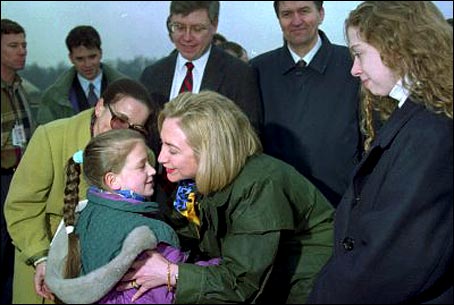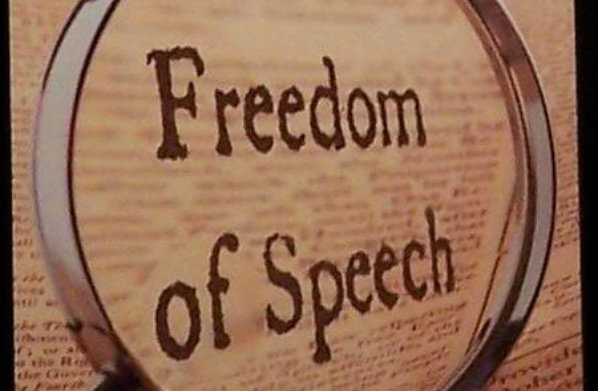Hillary Clinton’s 2016 Presidential campaign is underway and her fund-raisers are focusing their attention on projecting Hillary as a global icon. Clinton’s global profile began soon after she became an American First Lady. In the summer of 1993 when the Bosnian crisis was boiling in Europe, Hillary was playing the role of policy advisor to her husband President Bill Clinton. Many on Capitol Hill were annoyed, as she was stretching her hands way too far in the affairs of the presidency, especially in policy making.
As Bosnian Muslims scrambled for their lives, Clinton was sketching a health care plan that the majority of Americans were not interested in. At the same time, she was nosily advocating to her husband that Bosnia was not his administration’s headache. As the Bosniaks began to die in hundreds in the Luka and Manjaca concentration camps and elsewhere across the region, and as many others were looking towards the United States for help, Bill Clinton was busy following orders from Hillary Clinton and her scrupulous domestic policy tantrums.
In November 1995 after more than three years of genocide and the loss thousands of Bosnian lives, American President Bill Clinton, with a nod from a fellow foreign policy incompetent Butrous Butrous-Ghali of the United Nations and other NATO members, signed an agreement in Dayton, Ohio to end the Bosnian war. In doing so, they caved in on Slobodan Milosevic’s monstrous trap and made way for an internal political partition of Bosnia and Herzegovina. It is widely thought that the intervention came way too late from the Clinton administration and the Dayton treaty was a dagger to the hopes of displaced Bosnian Muslims, as it negated any chance of them ever returning to Bosnian soil again. The flawed Dayton agreement also came at the wrong time, as Bosnians and Croats were gaining steam to finally win the war. The Dayton agreement meant many European powers got what they wanted: a Christian Europa version 2.0. To add to the disgrace of the Clintons, Hillary Clinton’s health care plan did not materialize. But her hopes of bigger political prize did not end with that debacle.
Years later in 2008, when Hillary Clinton was running for the democratic presidential ticket against then-Senator Barack Obama, she had the audacity to fake a story about her role in the Bosnian intervention. It is to be believed that during the peak of the Bosnian War, Hillary Clinton, accompanied by her daughter Chelsea, heroically flew to the war zone of Sarajevo to stand with the Bosniaks and were welcomed by sniper fire that they bravely withstood. The so-called Hillary-land danced to her tunes and even went further by adding Bosnia as a feather in Hillary’s foreign policy cap. The morning after Hillary Clinton cooked up the story, an American news channel ran the original clip from her Bosnian visit — to the contrary, young school children lined up to greet Clinton and her daughter with rosy hugs. After being caught lying red-handed, hapless Hillary quickly retorted by claiming she misspoke about her Bosnian visit, as she confused it with some other foreign trip. The author of the “The Bosnia List,” Kenan Trebincevic, a genocide survivor, laughed when asked about Hillary’s sniper story. He affirmed that the gun battle was happening in the hills far away from the airport.
Hillary Clinton’s 2016 presidential run reminds one of a Biblical decree. In the Bible it is said that the sins of the fathers are revisited upon successive generations, and in the case of Hillary Clinton, her sins and those of her husband in previous public tenures, are haunting her in her run, and foremost of her many foreign policy sins is her bogus Bosnian cure in the 90s.
Opinion by Vikas Sharma Vemuri

